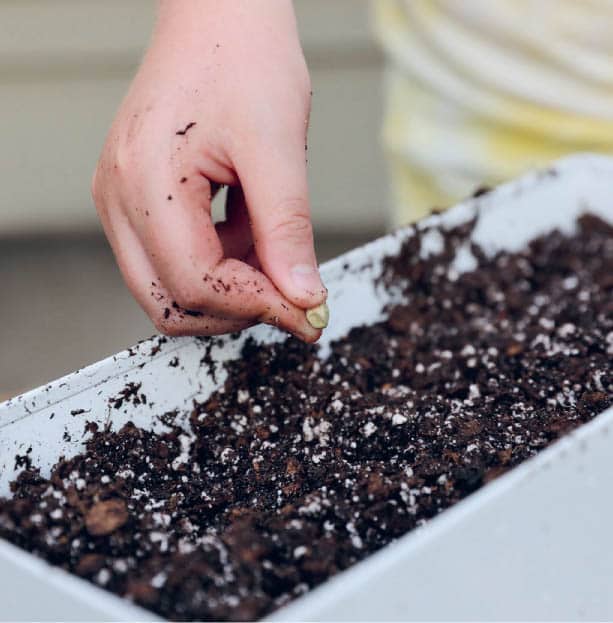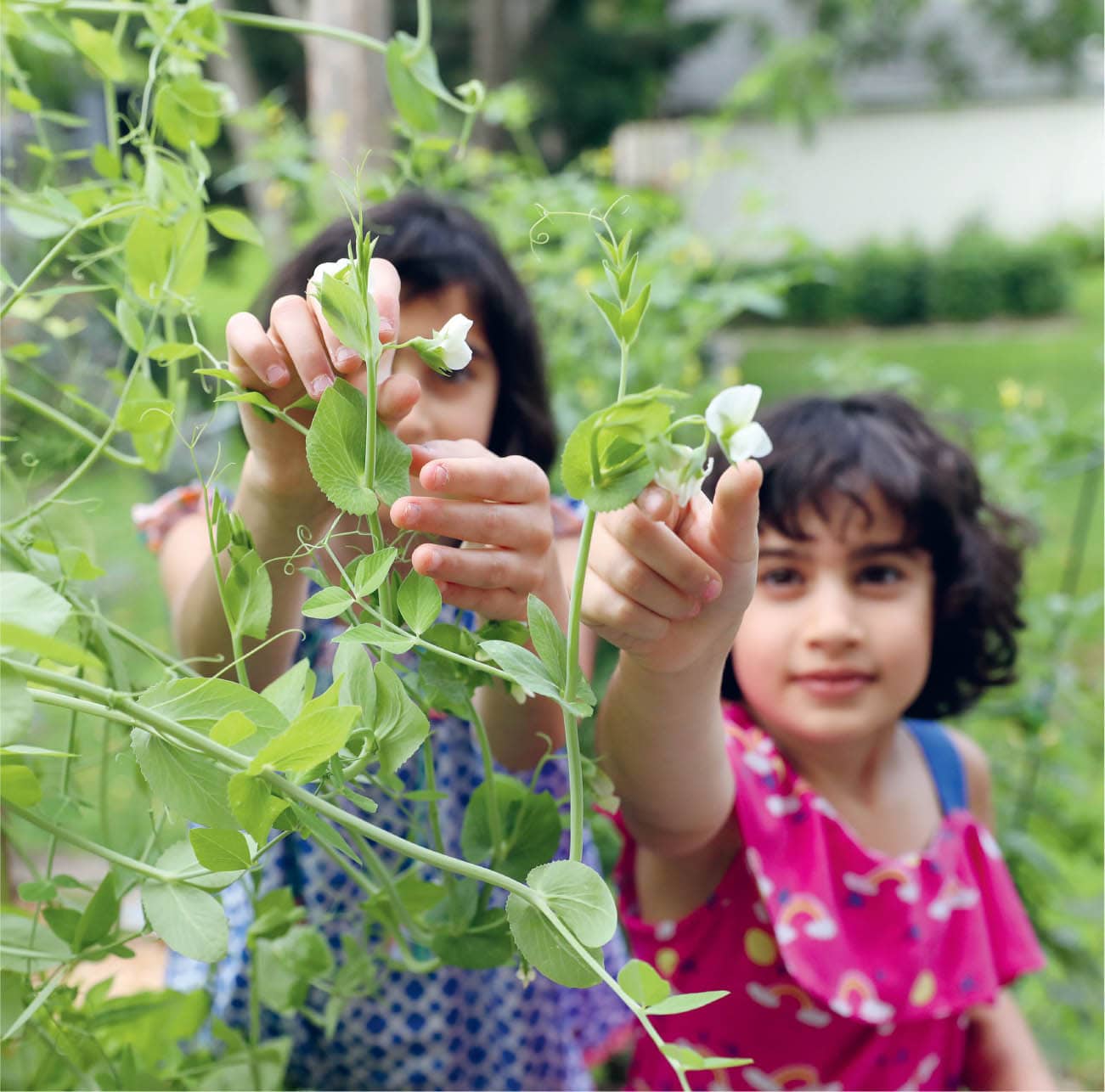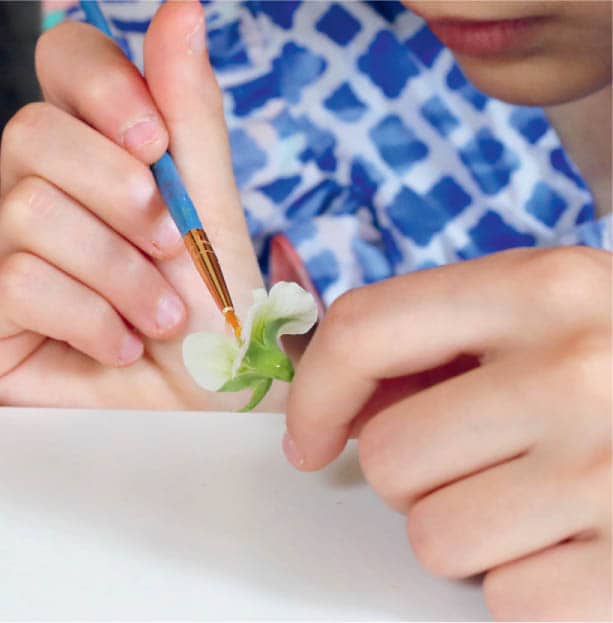 LAB 5
LAB 5 
Gregor Mendel b. 1822

FARM KID
Gregor Mendel was born on a farm in Austria in 1822. When a teacher recognized his love of learning, Gregor’s family worked extra hard so he could attend secondary school in a nearby city. Although he occasionally suffered from depression, Gregor excelled in physics and math. He graduated from the University of Olmtz in 1843.
A MONK
Gregor’s parents expected him to return home and take over the family farm, but he had other plans. After studying to become a monk, he became a member of a religious community called the Augustinian Order. In 1851, he was sent to the University of Vienna to study the sciences and his botany professor taught him to use a microscope.
MENDEL’S GARDEN
In a monastery in the Czech Republic, Gregor Mendel began to study pea plants. He was interested in how living things passed observable characteristics called traits from parent to offspring. Peas were perfect research subjects because they grew quickly and it was possible to combine two plants to make “baby” plants. By opening the flower of one pea plant and dusting it with the pollen from another plant, he could study their offspring by growing the peas that resulted from the cross-pollination.
A DISCOVERY
Mendel’s work with peas revealed that certain physical traits (features) were “dominant” over other traits. For example, when he crossed plants with purple and white flowers, their offspring had mostly purple flowers, so he called purple a dominant trait and white a “recessive” trait. These traits were passed from parent to offspring and certain traits, such as flower color, were independent of other traits, such as whether peas were smooth or wrinkled.
THE FOUNDER OF GENETICS
The passing of traits from one generation to another is known as heredity and Mendel published three “Laws of Heredity” based on his research on almost 30,000 pea plants. It wasn’t until after Mendel’s death in 1884 that scientists recognized the importance of his work. The invisible factors he studied, which give living things certain traits, are now called genes, and his experiments built the foundation for the modern science of genetics.
IN TODAY’S WORLD
Today, scientists understand more about the science of genes, but there is still much to learn. The DNA which makes up genes can be sequenced, giving researchers information that allows them to create medicines, vaccines, and treatments for several medical disorders. Plant genetics are used to help feed the world by producing crops resistant to drought and insects.

Gregor Mendel famously studied how traits are passed from one generation to the next by growing pea plants. Grow your own peas from seed and dissect their flowers or other flowers to learn how Mendel cross-pollinated plants. Follow the planting instructions on each pea seed packet for best results. 1 Observe pea seeds. Fig. 1. What traits (features) do you notice? Are they smooth or wrinkled? Big or small? Fig. 1. Observe pea seeds. 2 Plant peas in a garden or in flowerpots. Make a support of sticks or wire for the peas to climb as they grow. Are the plants tall or short? Fig. 2. Fig. 2. Plant peas. 3 When the peas flower, pick a few of them. Fig. 3. Fig. 3. Pick blossoms. 4 Study the blossoms under a magnifying glass. What color are they? Fig. 4. Fig. 4. Study the pea blossoms. 5 Carefully pull open the closed part of the flower to find the stigma, which looks like a small stem inside the flower, and the anthers, which look like tiny threads tipped with pollencovered beads. 6 Use tweezers to remove the anthers from a pea blossom. Fig. 5. Fig. 5. Use tweezers to remove the anthers from a pea blossom. 7 Open a second blossom and collect the pollen from the anthers on the tip of a paintbrush. Fig. 6. Fig. 6. Collect pollen on a paintbrush 8 To cross-pollinate the flowers, paint the pollen onto the stigma of the flower with the anthers removed. Fig. 7. Fig. 7. Paint pollen on the stigma of another pea blossom 9 Now that you know how to cross-pollinate, try cross-pollinating the flowers from two different types of pea plants without removing the flowers from the plant. Collect the peas that grow from the flowers and observe them. CREATIVE ENRICHMENT Find the stigma and anthers in other types of flowers. Crosspollinate two different varieties of edible peas or sweet peas and plant their offspring to study the resulting traits. Fig. 8. Fig. 8. Look for stigma and anthers on other flowers THE BIOLOGY BEHIND THE FUN Thanks to biology, and a concept known as “heredity,” kids tend to look like their parents. In fact, the offspring of most plants, animals, and even bacteria show resemblance to their parents. Pea plants are no exception to the rule. Inherited traits found in peas vary from plant height and flower color to the appearance of the peas themselves. Some pea seeds are smooth, while others are wrinkled. Mendel noticed that when he crossed two pea plants, such as tall one and a short one, he didn’t get medium-sized plants. Instead he got all tall plants called “hybrids.” When he crossed two tall hybrids, three out of the four offspring were tall, while the other one was short. To figure out how pea plants were passing their traits onto their offspring, Mendel cross-pollinated pea plants again and again until he established basic rules about heredity, laying the foundation for the study of genetics.HEREDITY/POLLINATION
MATERIALS
SAFETY TIPS AND HINTS
PROTOCOL








